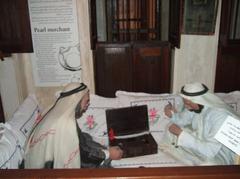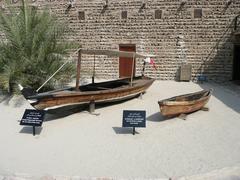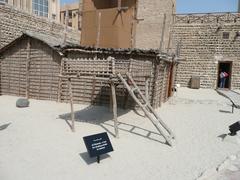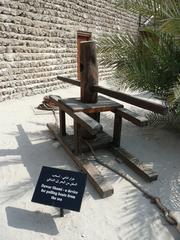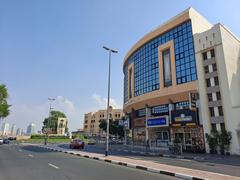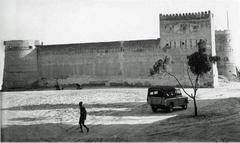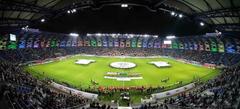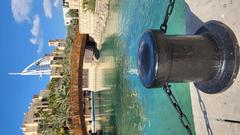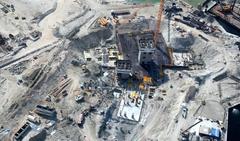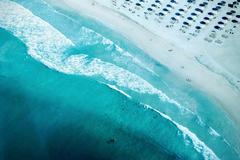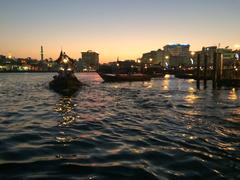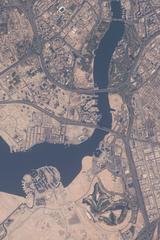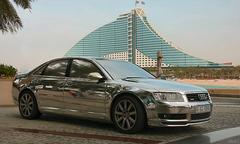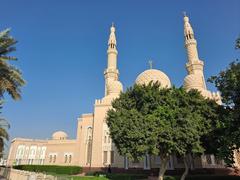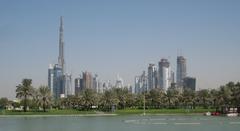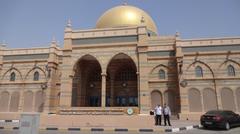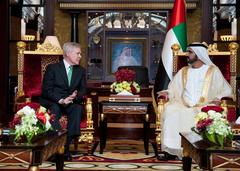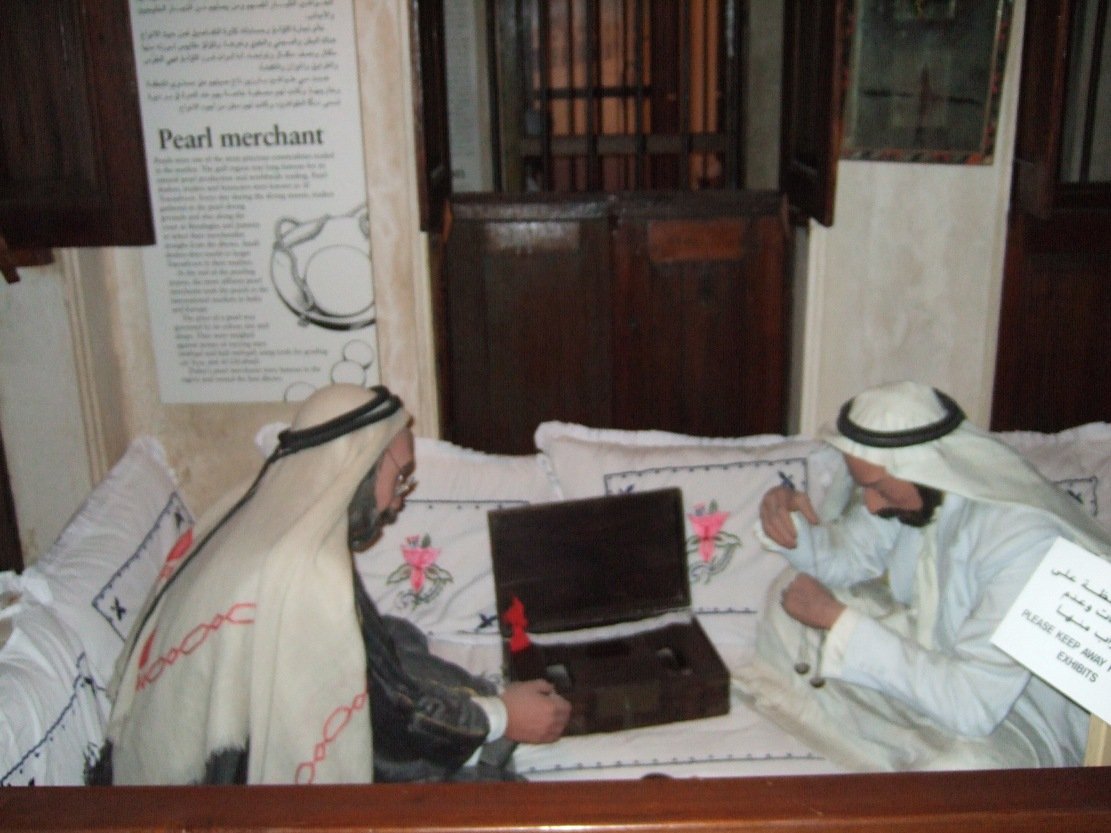
Dubai Museum Visiting Hours, Tickets, and Guide to Dubai Historical Sites
Date: 14/06/2025
Introduction: Exploring Dubai’s Rich Heritage at Al Fahidi Fort
Housed within the historic Al Fahidi Fort—Dubai’s oldest building dating back to 1787—the Dubai Museum serves as a vivid window into the emirate’s remarkable transformation. From its roots as a fishing and trading village to its current status as a global metropolis, the museum chronicles the city’s evolution through immersive exhibits, authentic artifacts, and interactive displays (Rayna Tours; Bayut). Strategically located in the Al Fahidi Historical District near Dubai Creek, the museum offers an authentic experience of Dubai’s origins and cultural heritage (Dubai Online; Dubai.it).
Inside, visitors encounter life-size dioramas, archaeological treasures dating back to 3000 BCE, and detailed reconstructions of traditional Emirati life. Maritime exhibits, including original dhows and pearl diving equipment, highlight Dubai’s economic foundations, while multimedia presentations trace the city’s rapid modernization (GetYourGuide; Visit Dubai). Guided tours and educational programs enhance the visitor experience, making the Dubai Museum a must-visit for families, history enthusiasts, and cultural explorers.
As of June 2025, the Dubai Museum is undergoing renovations to upgrade exhibits and visitor facilities. Prospective visitors should check official sources for reopening dates and new features (Bayut). Despite ongoing works, the Dubai Museum continues to stand as a symbol of cultural preservation and a gateway to understanding Dubai’s unique past (Dubai Culture; Visit Dubai).
Table of Contents
- Introduction
- Al Fahidi Fort: Origins and Historical Role
- Transformation into a Museum
- Exhibitions and Collections
- Visiting Information
- Visitor Services and Amenities
- Travel Tips and Nearby Attractions
- Etiquette and Cultural Considerations
- Ongoing Renovations & Future Developments
- Frequently Asked Questions (FAQ)
- Summary and Recommendations
- References
Al Fahidi Fort: Foundation of Dubai Museum
Constructed in 1787, Al Fahidi Fort originally served as a defensive stronghold to protect early Dubai from pirates and rival tribes. Over the centuries, its roles included residence for the ruling family, government headquarters, military garrison, and prison. The fort’s coral-stone walls, wind towers, and cannons remain iconic architectural features (Dubai Online). Its strategic location near Dubai Creek made it integral to the city’s early trading community (Rayna Tours; Dubai Local).
From Fort to Museum: Preserving Heritage
Following the oil discovery in 1966 and rapid urbanization, Sheikh Rashid bin Saeed Al Maktoum initiated the fort’s transformation into the Dubai Museum in 1971, coinciding with the formation of the UAE (Bayut). Opened to the public in 1979, the museum’s mission is to preserve and showcase Dubai’s traditional lifestyle, bridging the past with the present (Dubai Local).
Exhibitions and Collections
Life-Size Dioramas
The museum’s life-size dioramas recreate the atmosphere of pre-oil Dubai. Visitors can walk through bustling souks, traditional homes, mosques, date farms, and desert camps, all brought to life with ambient sounds and lighting (GetYourGuide). These immersive displays illustrate daily life, social customs, and the vibrant community spirit of early Dubai.
Maritime and Pearl Diving Heritage
A core highlight is Dubai’s maritime legacy. Authentic wooden dhows, pearl diving gear, and fishing tools demonstrate the city’s economic foundations. Multimedia presentations and informational panels detail the perilous art of pearl diving and the commercial significance of Dubai Creek.
Archaeological and Ethnographic Collections
The museum’s archaeological gallery showcases artifacts unearthed from across Dubai, including pottery, jewelry, tools, and coins from as early as 3000 BCE (Rayna Tours; Dubai Trip Guide). Ethnographic displays feature traditional clothing, jewelry, weaponry, musical instruments, and reconstructed settings, such as majlis and Bedouin tents. Falconry equipment and household items further illustrate Emirati traditions.
Historical Documents and Maps
A curated collection of documents, photographs, and maps traces Dubai’s urban and governmental evolution, contextualizing its transformation into a modern metropolis.
Visiting Information
Location
- Address: Al Fahidi Fort, Al Fahidi Street, Bur Dubai, Dubai, UAE (Dubai.it)
Accessibility
- Metro: Al Fahidi Station (Green Line), 10-minute walk
- Bus: Multiple RTA routes serve the area
- Abra: Short walk from Old Souq Abra Station across Dubai Creek
- Taxi: Widely available; ask for “Dubai Museum, Al Fahidi Fort”
- Parking: Limited—public transport is recommended (Dubai Museum Directions)
Visiting Hours
- Standard Hours: Saturday–Thursday, 8:30 AM–8:30 PM; Friday, 2:30 PM–8:30 PM (Dubai Local)
- Last Entry: 8:00 PM
- Note: Hours may change during Ramadan, public holidays, or renovations—check official sources before visiting
Tickets
- Adults: AED 3
- Children under 6: AED 1 (sometimes free)
- Children under 3: Free
- Purchase: At entrance or via official online platforms
Visitor Services and Amenities
- Restrooms: Available on-site
- Gift Shop: Books, souvenirs, Emirati crafts
- Guided Tours: Available in multiple languages; advance booking recommended during peak seasons
- Accessibility: Primarily wheelchair accessible, though some historic areas may pose challenges (Thingstodoindubai)
- Photography: Allowed without flash; tripods generally restricted
- Duration of Visit: 1.5–2 hours is typical
Travel Tips and Nearby Attractions
- Best Time to Visit: Early mornings or late afternoons; October–April for comfortable weather (Lonely Planet Dubai Tips)
- Nearby Attractions:
- Al Fahidi Historical Neighborhood (wind-tower houses, art galleries, cafes)
- Dubai Creek (abra rides)
- Textile Souk
- Coffee Museum
- Grand Mosque (Condé Nast Traveler)
- Travel Essentials: Wear comfortable shoes, modest clothing, and carry water in hotter months
Etiquette and Cultural Considerations
- Dress Code: Modest attire recommended; shoulders and knees should be covered (Full Suitcase Dubai Tips)
- Behavior: Maintain respectful demeanor; avoid public displays of affection
- Ramadan: Eating or drinking in public during daylight is prohibited
Ongoing Renovations & Future Developments
As of June 2025, Dubai Museum is closed for renovations. Upgrades will feature the latest archaeological discoveries and interactive technologies, promising an enriched visitor experience (Bayut). Check Dubai Culture or Visit Dubai for reopening updates.
Frequently Asked Questions (FAQ)
Q: What are the Dubai Museum visiting hours?
A: Saturday–Thursday, 8:30 AM–8:30 PM; Friday, 2:30 PM–8:30 PM. Hours may change during renovations.
Q: How much are tickets?
A: AED 3 for adults, AED 1 for children under 6, free for children under 3.
Q: Is the museum wheelchair accessible?
A: Mostly accessible; some historic sections may be challenging.
Q: Are guided tours available?
A: Yes, in multiple languages; advance booking recommended.
Q: Can I take photos?
A: Yes, without flash; tripods may be restricted.
Q: When will the museum reopen after renovations?
A: Check official sources for reopening dates.
Summary and Recommendations
The Dubai Museum, nestled within Al Fahidi Fort, provides an unrivaled exploration of Dubai’s journey from a modest settlement to a global city. Its immersive dioramas, archaeological collections, and engaging displays make it a cultural landmark for all visitors (Rayna Tours; GetYourGuide). With affordable tickets, accessible location, and the prospect of future upgrades, the Dubai Museum remains essential for understanding the emirate’s heritage (Dubai Go Tours; Dubai.it).
For the latest on visiting hours, tickets, and special events, download the Audiala app, explore related cultural attractions, and follow official museum updates (Dubai Culture).
References
- Rayna Tours
- Bayut
- Dubai Local
- Dubai.it
- GetYourGuide
- Dubai Go Tours
- Visit Dubai
- Dubai Trip Guide
- Thingstodoindubai
- Dubai Culture & Arts Authority
- Tour in Planet
